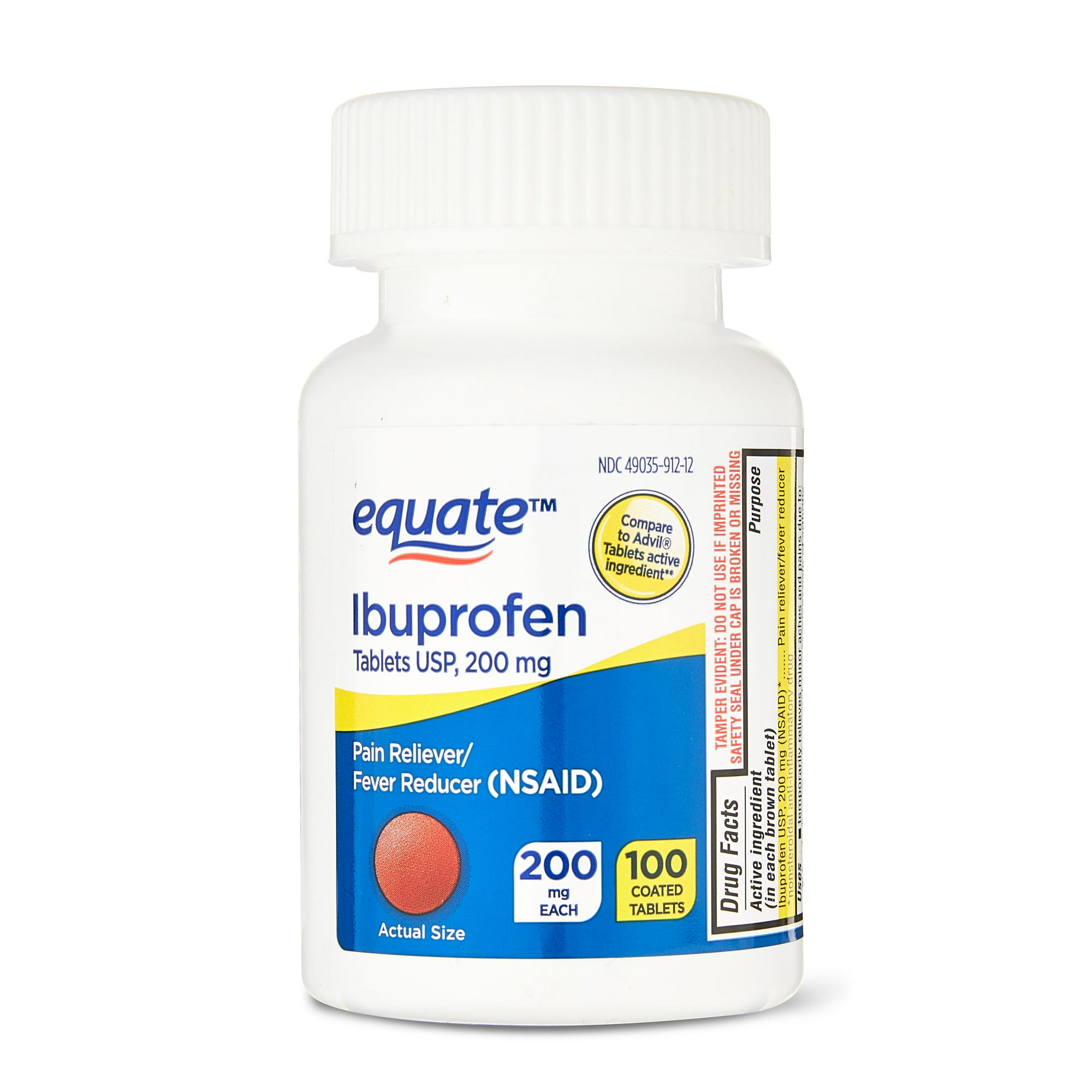What are the symptoms of tendinopathy?
Tendinopathy, also known as tendonitis or tendinosis depending on the condition’s nature, refers to inflammation, irritation, or degeneration of a tendon. The symptoms of tendinopathy typically include:
- Pain: The most common symptom is pain around the affected tendon, which is often sharp and worsens with activity. The pain may be dull or aching at rest and can become more intense during movement.
- Tenderness: The area around the tendon is often tender to the touch, and pressing on the affected tendon can cause discomfort.
- Stiffness: Stiffness in the affected tendon, especially in the morning or after periods of inactivity, is common. Movement may be restricted, and stiffness can ease as the tendon “warms up.”
- Swelling: Mild swelling may be present around the tendon, making the area appear thicker than normal.
- Reduced Strength: Muscle weakness or reduced strength in the area around the affected tendon can occur, making it difficult to perform certain activities or exercises.
- Crepitus: A grating or crackling sensation may be felt when moving the tendon, especially if there is significant inflammation.
- Thickening of the Tendon: In chronic cases, the tendon may become thickened due to scar tissue or degeneration.
These symptoms can vary in severity depending on whether the condition is acute (tendonitis) or chronic (tendinosis). Symptoms often worsen with activity and improve with rest, though long-term tendinopathy can cause persistent discomfort. Proper diagnosis and treatment are important for managing symptoms and preventing further damage.
What are the causes of tendinopathy?
Tendinopathy is typically caused by a combination of factors that lead to tendon overload, inflammation, or degeneration. The main causes include:
- Overuse: Repetitive stress or overloading a tendon, especially without adequate rest, is one of the most common causes of tendinopathy. Activities involving repetitive motions, such as running, jumping, or lifting, can put excessive strain on tendons.
- Age-Related Degeneration: Tendons naturally lose elasticity and strength with age, making them more susceptible to injury and degeneration. This is more common in people over 40.
- Sudden Increase in Activity: A sudden increase in the intensity, frequency, or duration of physical activity can overload a tendon that is not accustomed to the added stress.
- Poor Biomechanics: Improper form or technique during physical activities can place abnormal stress on tendons. This includes poor posture, improper running mechanics, or muscle imbalances.
- Inadequate Recovery: Not allowing enough time for tendons to recover between exercises or workouts can lead to tendinopathy. Tendons need time to heal and adapt to stress.
- Muscle Imbalance: Weak or tight muscles that place extra strain on tendons can lead to tendinopathy. For example, tight calf muscles can contribute to Achilles tendinopathy.
- Direct Injury or Trauma: A direct injury or impact to the tendon, such as a fall or blow, can cause damage and lead to tendinopathy.
- Medical Conditions: Certain medical conditions, such as diabetes, rheumatoid arthritis, and high cholesterol, can increase the risk of developing tendinopathy by affecting tendon health.
- Medications: Some medications, such as certain antibiotics (fluoroquinolones) and corticosteroids, have been linked to an increased risk of tendinopathy and tendon rupture.
- Improper Footwear or Equipment: Wearing inappropriate shoes or using poor-quality equipment during sports or activities can place undue stress on tendons, contributing to tendinopathy.
Understanding the underlying cause is important for effective management and prevention. Treatment often involves addressing these factors to reduce strain on the tendon and promote healing.
What is the treatment for tendinopathy?
The treatment for tendinopathy focuses on relieving pain, reducing inflammation, and promoting tendon healing. Here are the common approaches:
- Rest and Activity Modification: Reducing or avoiding activities that aggravate the tendon is crucial. This allows the tendon time to heal and prevents further damage.
- Ice Therapy: Applying ice to the affected area can help reduce pain and inflammation, especially in the acute phase. Ice should be applied for 15-20 minutes several times a day.
- Medications: Over-the-counter nonsteroidal anti-inflammatory drugs (NSAIDs), such as ibuprofen or naproxen, can help manage pain and reduce inflammation. These are usually recommended for short-term use.
- Physical Therapy: A physical therapist can guide specific exercises to strengthen the affected tendon and surrounding muscles, improve flexibility, and correct any biomechanical issues. Eccentric exercises, where the muscle lengthens while under tension, are particularly effective for tendinopathy.
- Stretching: Gentle stretching exercises can help maintain or improve flexibility in the affected tendon and surrounding muscles, which can reduce tension on the tendon.
- Ultrasound or Shockwave Therapy: These therapies use sound waves to promote healing in the tendon and reduce pain. They can be particularly helpful for chronic tendinopathy.
- Corticosteroid Injections: In some cases, corticosteroid injections may be used to reduce inflammation and pain. However, they should be used cautiously, as they can weaken the tendon and increase the risk of rupture if overused.
- Platelet-Rich Plasma (PRP) Therapy: PRP therapy involves injecting a concentration of the patient’s own platelets into the affected tendon to promote healing. This treatment is still being studied, but it has shown promise in some cases of chronic tendinopathy.
- Orthotics or Bracing: Using orthotic devices, braces, or splints can help reduce strain on the tendon by correcting alignment or providing support during activities.
- Surgery: In cases where conservative treatments fail, surgery may be considered. Surgical options include removing damaged tissue, repairing tears, or stimulating healing through various techniques. Surgery is generally reserved for severe or chronic cases.
- Gradual Return to Activity: Once symptoms improve, a gradual return to activity is important. A physical therapist can help design a program that allows for a safe return to normal activities without risking re-injury.
Each treatment plan is tailored to the individual’s specific condition, severity of symptoms, and response to initial therapies. Early intervention and adherence to a treatment plan are key to a successful recovery from tendinopathy.

Leave a Reply
You must be logged in to post a comment.